Straw pellets ideal as litterfor turkeys
The von Hammel family started keeping turkeys on their farm in Lastrup near Cloppenburg 50 years ago. Five years ago, son Dirk and his father took over two barns on a farm in Detern near Leer where they raise around 270,000 turkeys a year. They fatten about half of the turkey cocks raised there on the farm in Lastrup themselves, and sell the remaining animals to external fattening farms in the region. For the past four months, the farmers have been using structural pellets made of straw as litter material in turkey rearing and are absolutely thrilled with them: “Originally, our plan was to use pellets made of our own straw to avoid the recurring avian flu.” It has been shown that these structural pellets not only significantly improve the hygiene status and health of the poultry, but also bring considerable labour efficiency advantages,” explains Dirk von Hammel.
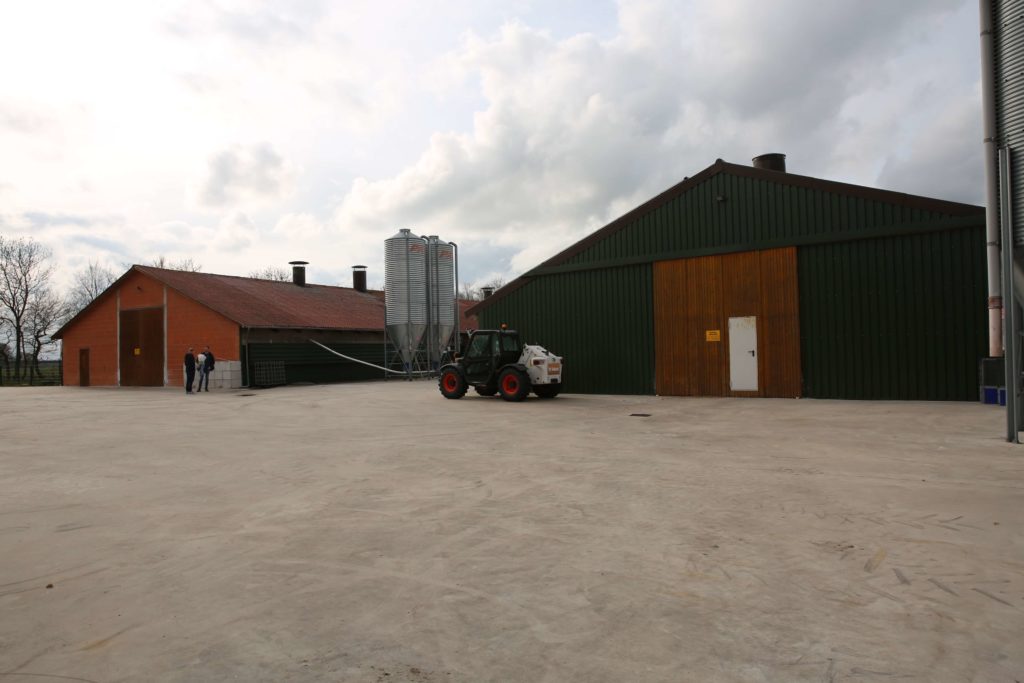
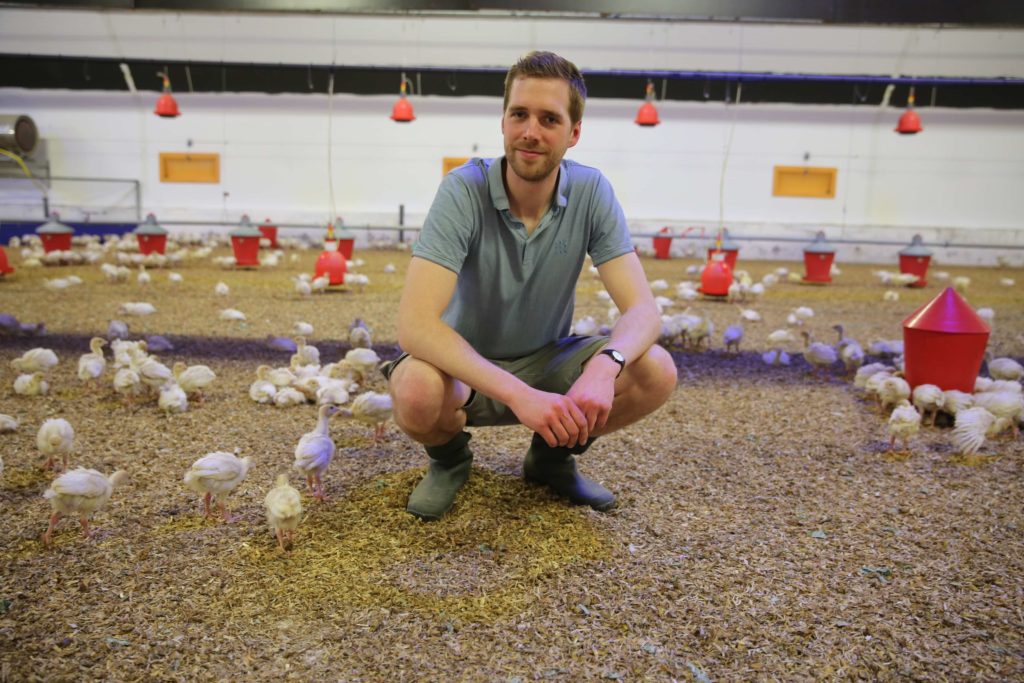

Mit dem Laden des Videos akzeptieren Sie die Datenschutzerklärung von YouTube.
Mehr erfahren
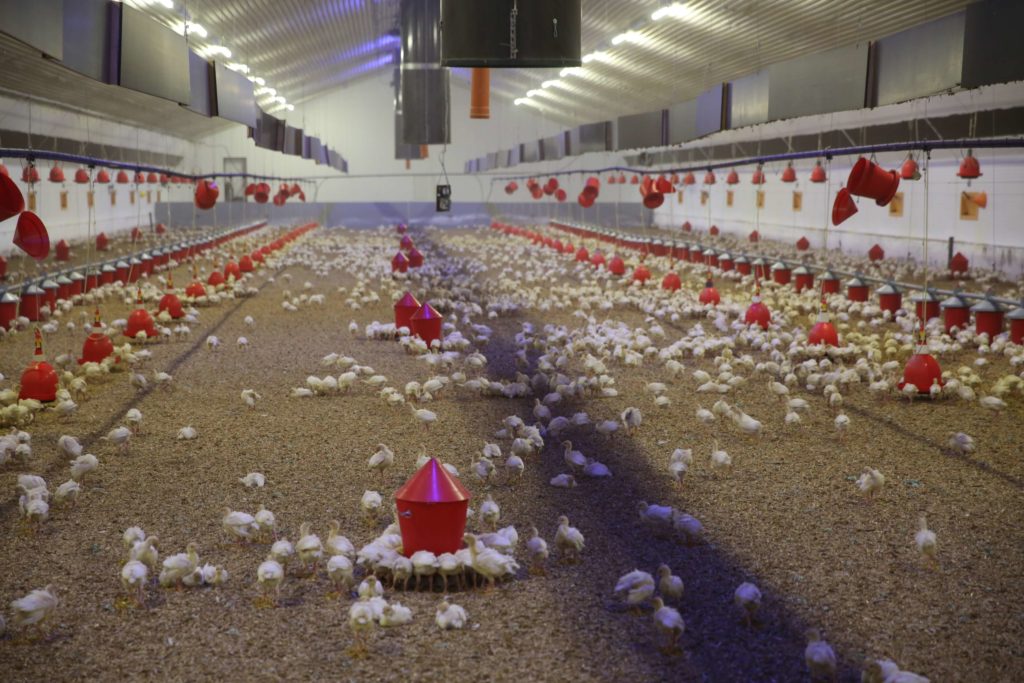
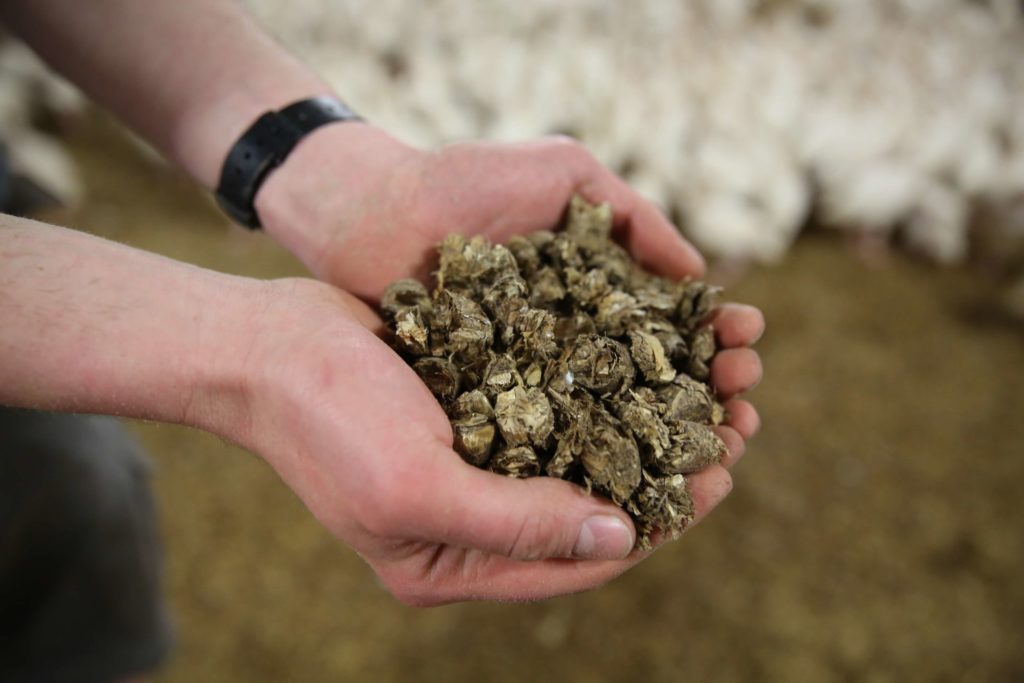
structural pellets is superior thanks to their enormous absorbency
Over the years, the farm has tried out a whole range of different litter materials for turkey rearing. These include wood shavings, pellets made of sunflower husks, straw granulate as well as chopped and long straw. But none of these materials could meet the expectations in terms of hygiene, animal welfare and handling nearly as well as the straw pellets which have been used for 18 weeks. “The straw pellets produced using KRONE’s Premos are enormously absorbent due to their coarse structure. With a diameter of 16 mm and a length limited to approx. 1 to 2 cm at our request, they swell quickly by absorbing the moisture present in the barn and cover the barn floor quite quickly as a “closed mat”. The structural pellets are also very easy to handle: “After cleaning the barns, we spread approx. 5 kg/m2 of pellets by telescopic loader with the aid of a spreading shovel, so that they initially cover the ground only about 2 cm thick. This is because they then gradually swell more and more by absorbing moisture of their own accord, thereby forming a mattress up to about 6 cm thick. This mattress is worked every two days with the help of a reverse tiller attached to the barn tractor, so that the litter can dry out and absorb the moisture which continuously accumulates. The water vapour released in this process is then discharged from the barn via the ventilation system. Depending on requirements, up to 2 kg/m2 of pellets are also spread by shovelling them out of a BigBag provided in the barn during the 4 to 5 week rearing period. Therefore, we need a total of just up to about 7 kg of pellets per m2 for one operation,” explains the poultry farmer.
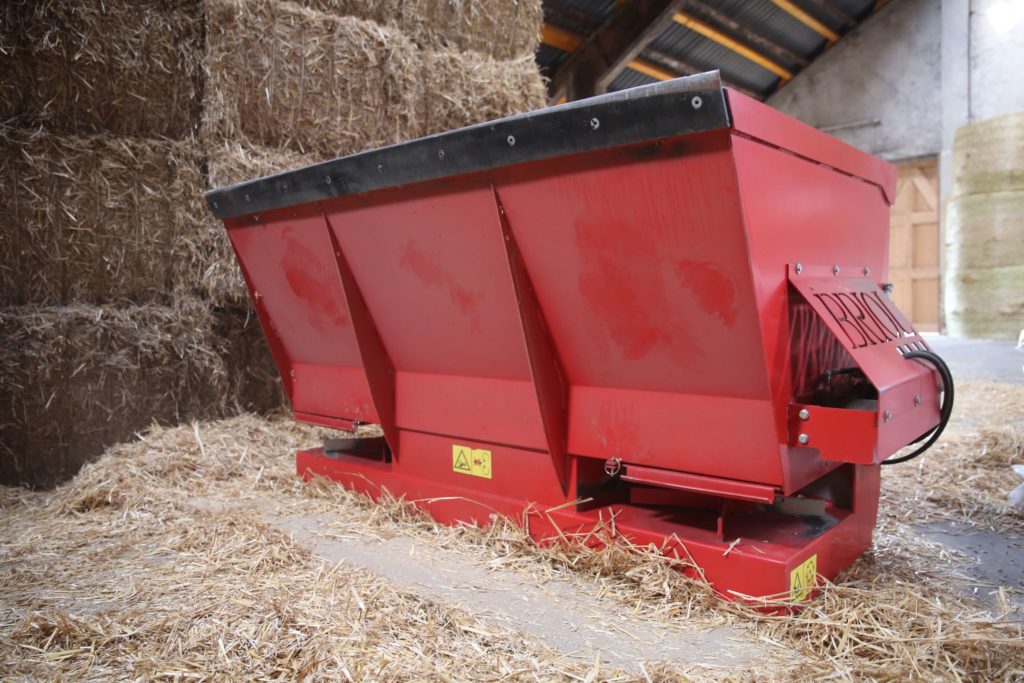
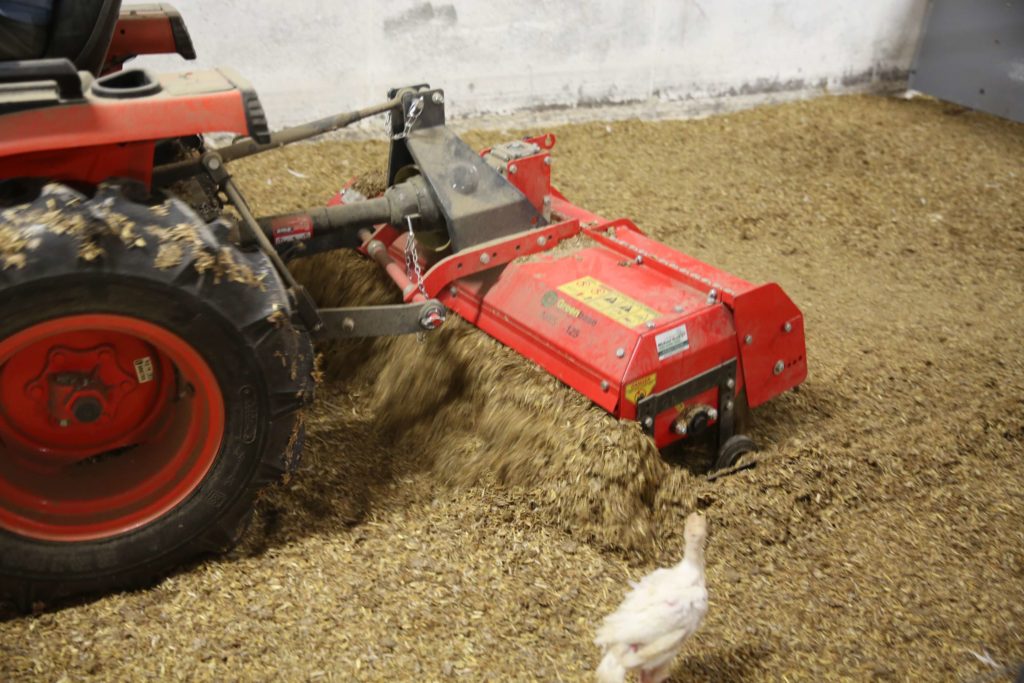
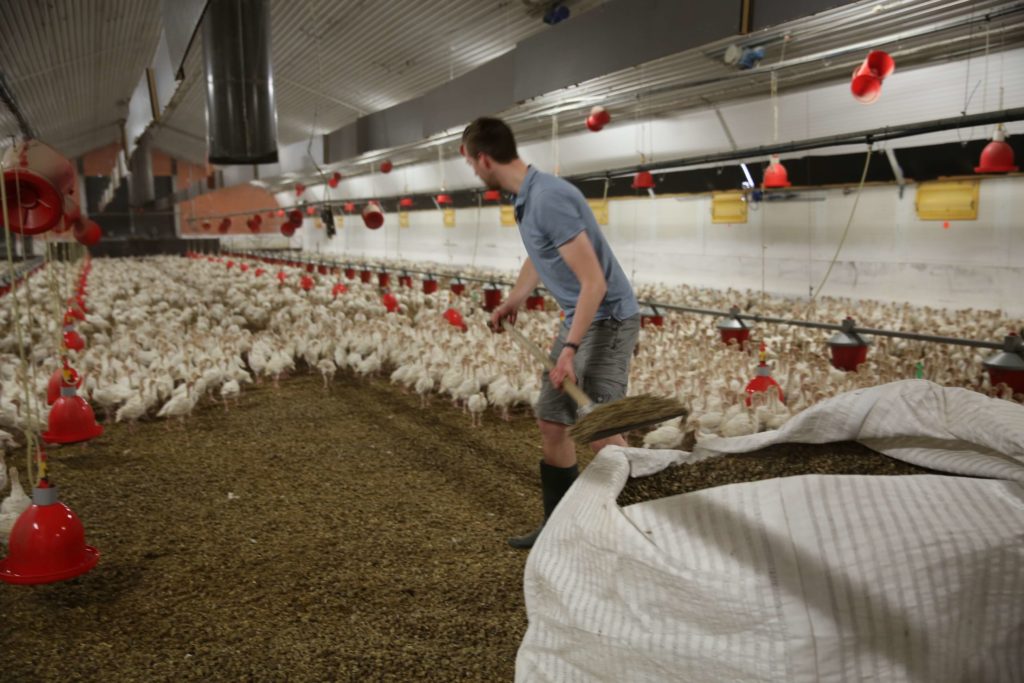
Optimum handling in low-germ and low-dust environments
As for the long-straw litter, we had to bring the round bales by tractor from the straw storage across the yard to the barn, roll them out by hand and then distribute them with a fork. With barn temperatures of around 36 °C, which is initially required for the young poults, this is an extremely strenuous task. In addition, the distribution of straw releases a lot of dust which is a heavy burden for both the employees and the turkeys. The constant need to re-spread straw at a humidity of up to about 75 % also becomes quite stressful. It’s not for nothing that my staff say: If we had to use long straw again, we would quit the job,” says the farmer. Irrespective of this, the constant replenishment of straw from storage by tractor across the yard to the barn makes it difficult to adhere to the required black-and-white principle on the farm. “This increases the risk of introducing dangerous germs and diseases such as avian flu. And it is precisely this problem that can be avoided quite easily with the help of straw pellets, as the almost germ and dust-free litter material and also the manure produced are only brought into or out of the barn once. As long as we make sure that the milling tractor is always intensively cleaned before moving it from one barn to another, there is actually no danger of introducing dangerous germs,” states von Hammel.
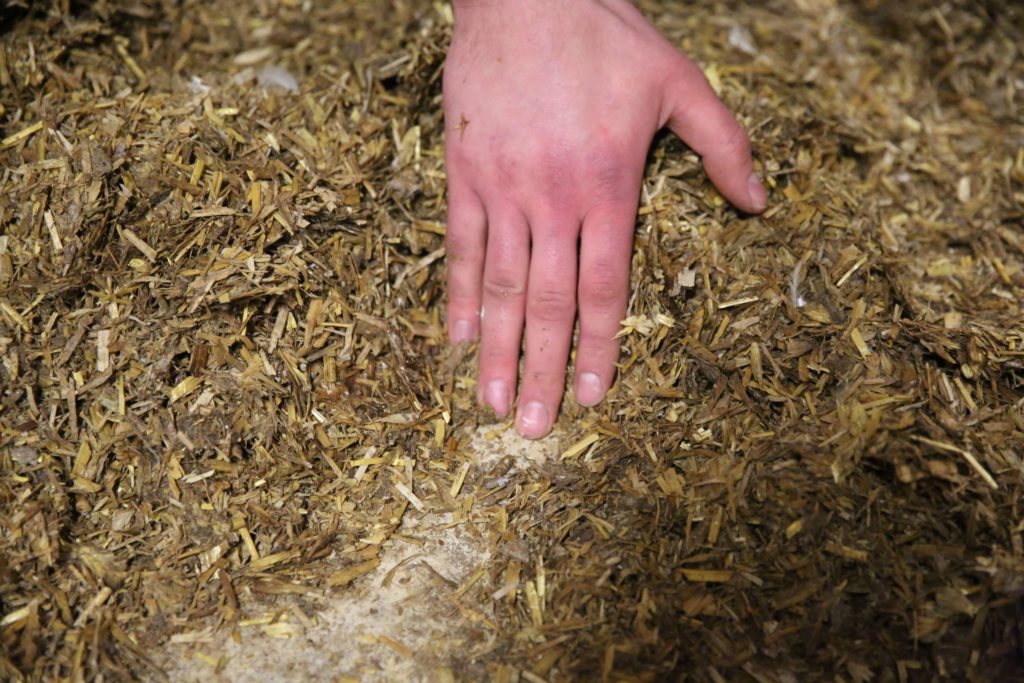
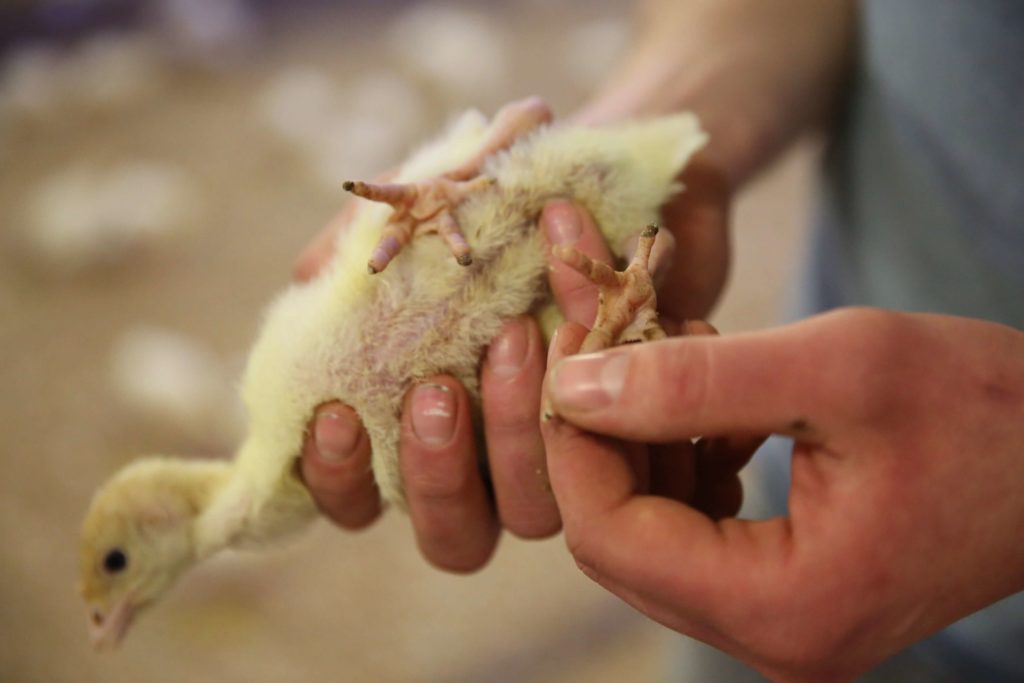
Turkeys bursting with vitality
To ensure that the young turkeys can develop well, they must above all be healthy and feel comfortable. And according to the turkey farmer, the structural pellets create optimum conditions for this: “When you look into the barn, you notice that the turkey poults are very eager to run. Because on the one hand they can run well on the pellets which are quite short with a length of 1 to 2 cm. However, this is also due to the straw pellets’ good absorbency which also keeps the foot pads healthy via a dry floor covering and therefore prevents so-called pododermatitis which typically occurs in turkeys as a result of wetness. This should also minimise the formation of breast blisters which are usually caused by wetness only later in the final fattening period. Likewise, there are no problems with digestion, as a glance at the consistently clean cloaca of the young turkeys shows. When using long straw, on the other hand, it repeatedly happens that the long stalks lie proverbially “across the stomach” of the animals and lead to digestive disorders. By heating the pellets to about 80 °C during pelleting, they are also almost germ-free. This reduces the risk of illness to a minimum. All around, the young turkeys are extremely vital, an ideal basis for the best results in the following “final fattening”.
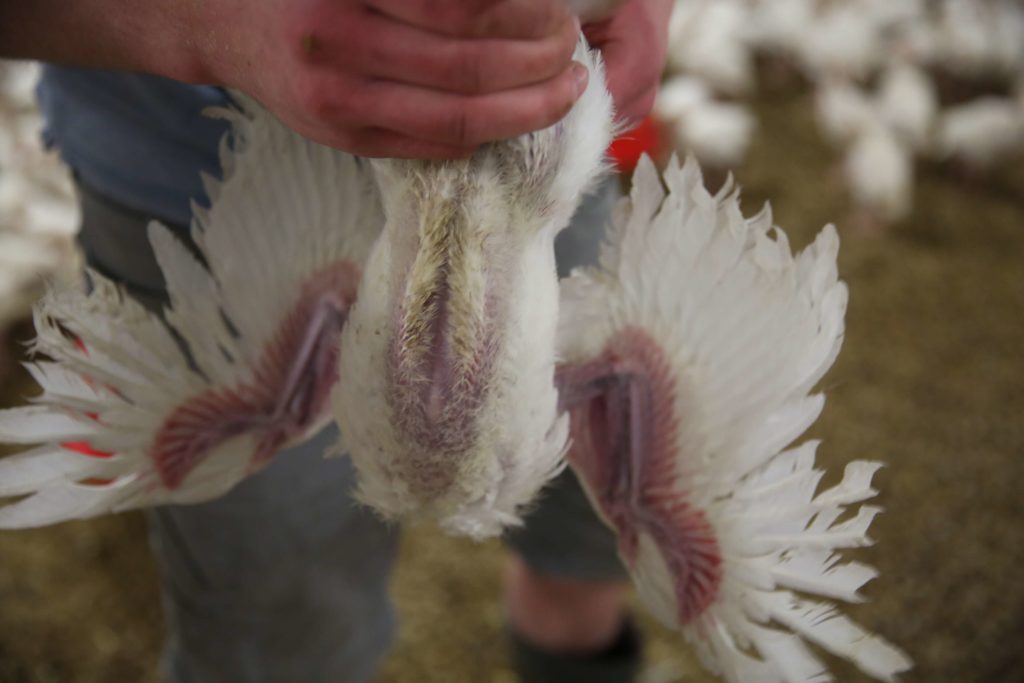
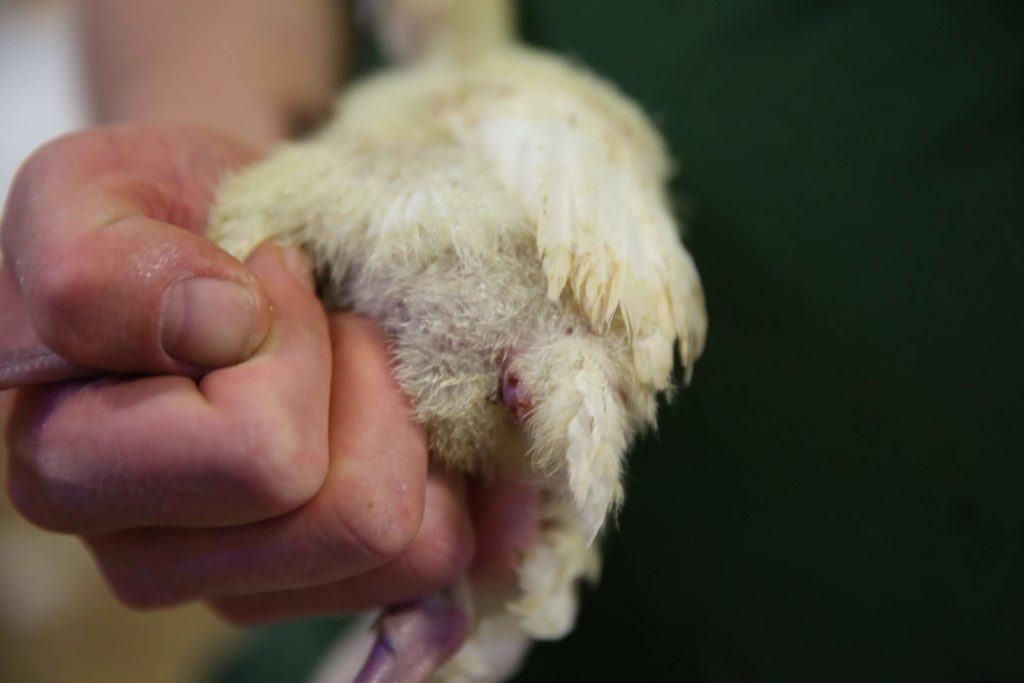
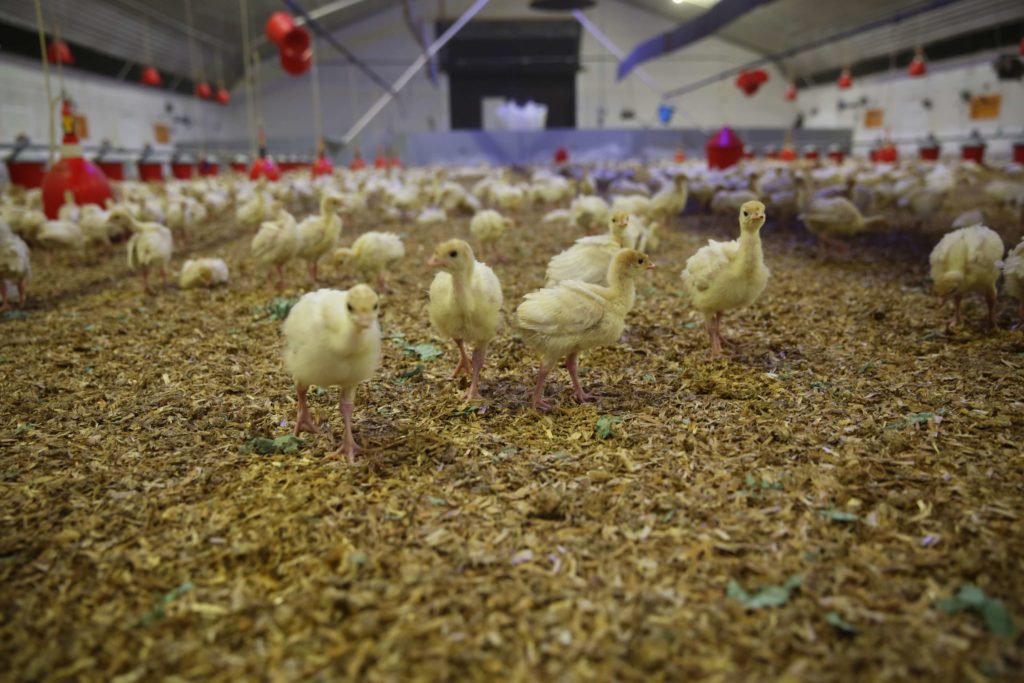
Animal welfare is not neglected
As with other poultry species, the structural pellets are also ideal as manipulable material for turkeys. “The turkeys are much more active with pellet litter than with long straw. They are obviously better stimulated to peck and scratch in the structural pellets than in the long and structurally poor straws. This encourages their natural behaviour and also distracts the animals from dangerous feather pecking which can quickly result in fatal losses,” explains the farmer. A sign of well-being is also the repeatedly observed dust bathing which in the wild is used for plumage care and parasite control.
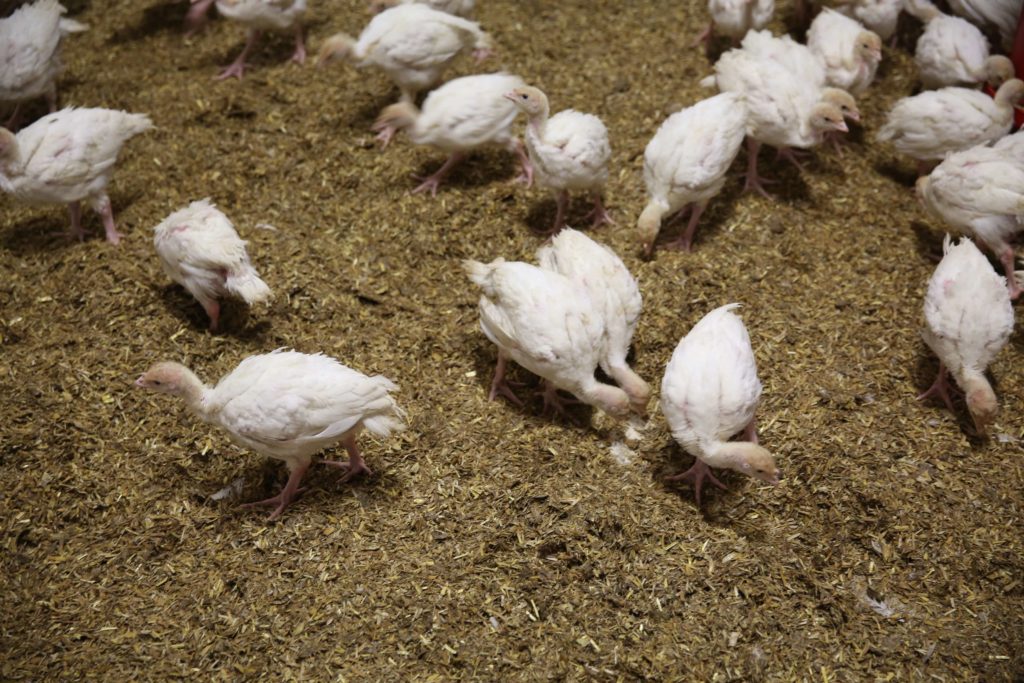
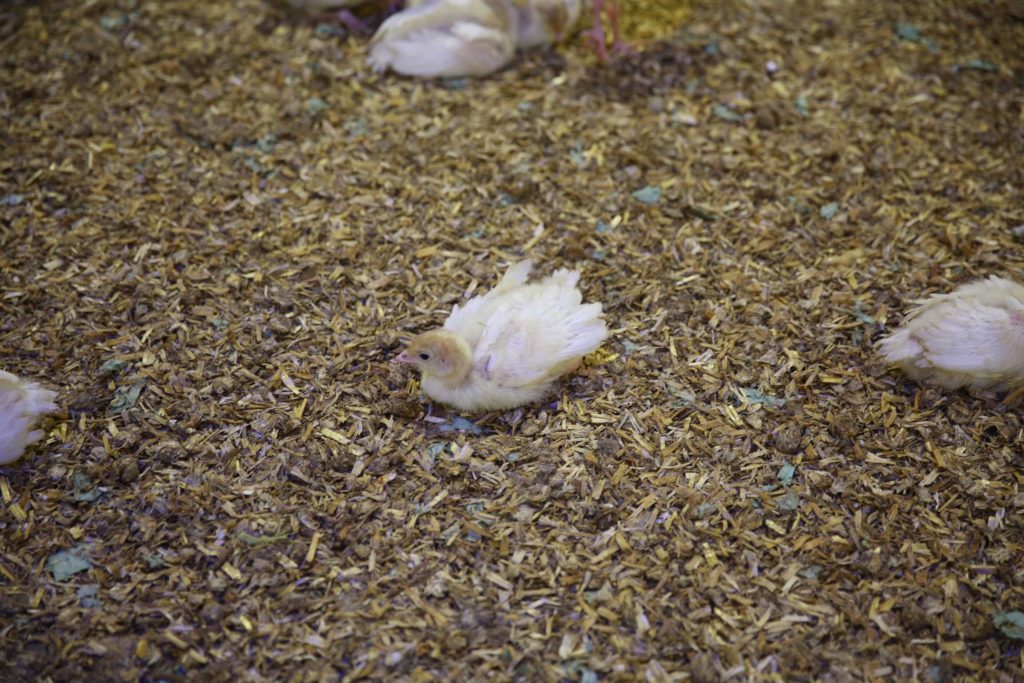
Highly sought after as a valuable biogas substrate
The turkey manure produced is an ideal substrate for biogas plants. “The operators of biogas plants are really scrambling for our turkey manure. This is mainly due to the good structure of the short pellets whose lignin layer, unlike that of straw, is already largely destroyed. In this way, the turkey manure produced from the structural pellets dissolves quickly in the fermentation tank without the formation of floating layers and also remains pumpable. This ensures rapid microbial conversion with a short dwell time in the fermenter. As a co-ferment, this turkey manure significantly increases the biogas yield and can therefore reduce the proportion of maize used in many plants,” explains the farmer.
30 to 40 % savings potential for own straw
Thanks to the positive experiences in rearing, von Hammel wants to use the structural pellets also in turkey fattening in the future. As an ITW farm, he already uses these as roughage and recognised manipulable material in pig and turkey fattening. “Currently, we would need about 1000 t annually of straw litter. However, we cannot produce this amount of straw ourselves on our 140 ha farm from the grain grown there (wheat, triticale, rye and barley). Of course, I would like to stop from buying in cereal straw because I would have little influence on the quality of the straw which is crucial for the quality of the straw pellets made from it. However, a complete switch to straw pellets in turkey rearing and fattening would reduce the need for straw by approx. 30 to 40 %. I estimate that we will need only about 10 kg of pellets per m2 instead of the 18 to 20 kg of straw we used to use. In that case, we would even have surplus straw which we could sell as structural pellets,” explains von Hammel with a slight grin.
Contact
Do you have any further questions and would like to contact us? The contact form is the easiest way.